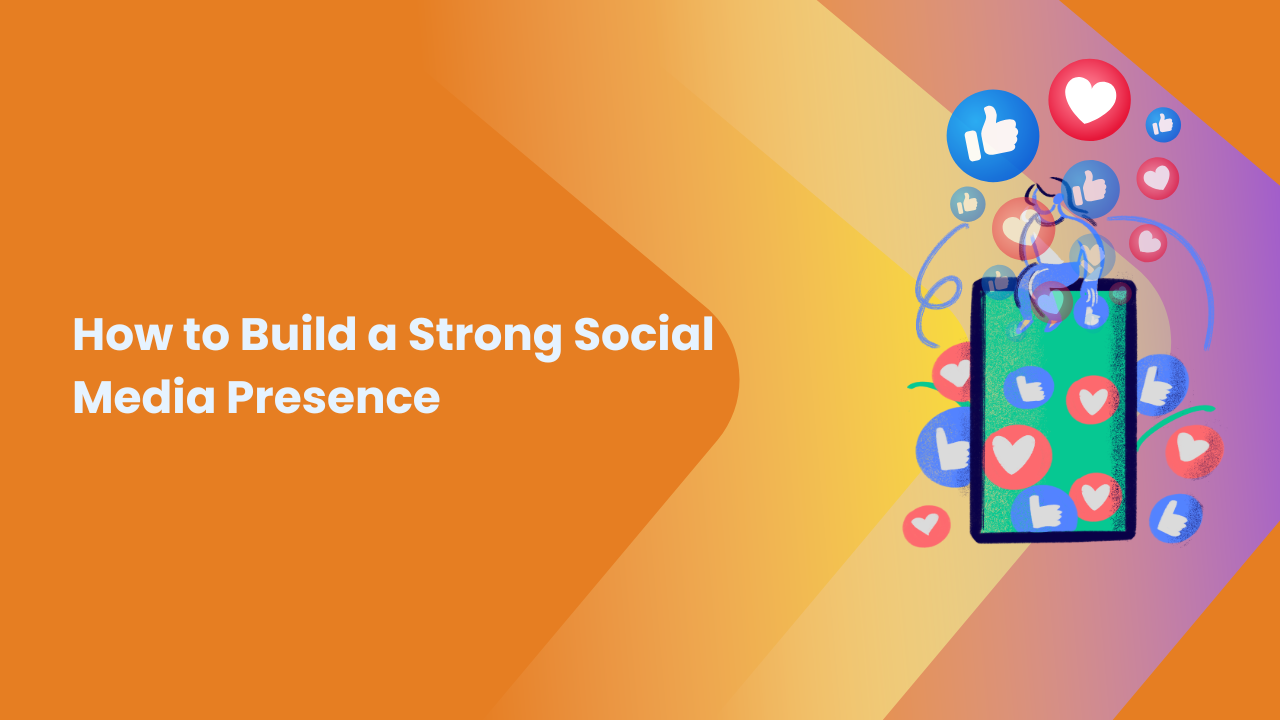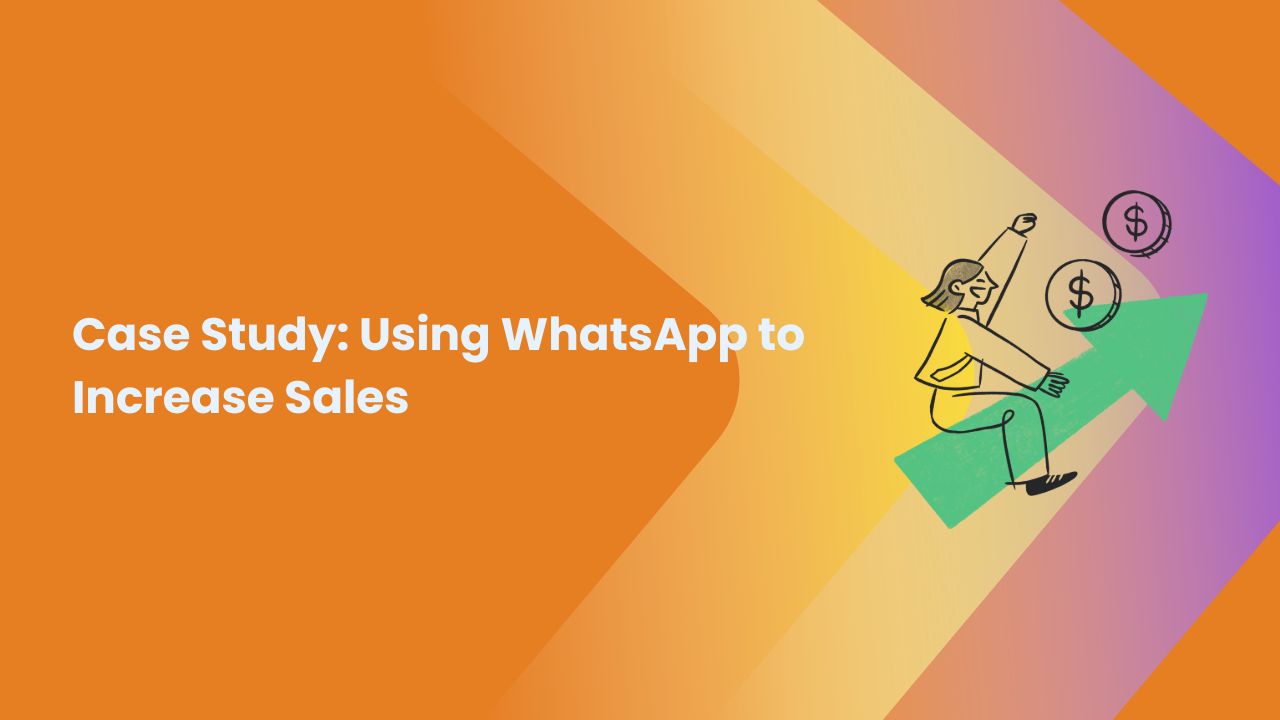Share this Article
In 2025, as Nepal’s e-commerce ecosystem continues to experience rapid growth, the demand for innovative customer engagement strategies is more pronounced than ever. One of the most effective approaches to increase user interaction, loyalty, and overall sales is through gamification—the art of applying game-design elements in non-game contexts. By introducing game mechanics such as rewards, challenges, and leaderboards, Nepali e-commerce businesses can not only captivate customers but also foster a deeper emotional connection with their brand. Here’s how Nepali sellers can harness the transformative potential of gamification to elevate their online shopping experiences and drive sustained growth.
1. Loyalty Programs Reinvented: Points, Badges, and Levels
Gamification Element: Reward Systems with Progression
A gamified loyalty program can significantly enhance customer retention by integrating rewards such as points, badges, and tiered levels for various user actions. These could include making purchases, writing reviews, sharing products on social media, or engaging with exclusive content. The accumulation of points, unlocking badges, or advancing to higher tiers can incentivize repeated interactions and increase lifetime customer value.
- How to Implement: E-commerce platforms can leverage tools like WooCommerce Points and Rewards or Smile.io to integrate a dynamic reward structure. You can also design a custom points system tailored to your business.
- Example for Nepali Sellers: For a Nepali apparel brand, customers could earn points for every purchase, with higher points awarded for sharing products on Facebook or Instagram. As customers progress, they could unlock exclusive collections of handcrafted Dhaka fabrics or early access to seasonal promotions, reinforcing the sense of accomplishment.
2. Engaging Customers with Contests and Time-Bound Challenges
Gamification Element: Time-sensitive Competitions and Challenges
The thrill of competition is an innate human desire, and it can be leveraged through gamification to keep customers engaged. E-commerce businesses can organize seasonal contests, product-related challenges, or milestone-based events where participants stand a chance to win exclusive prizes, discounts, or recognition.
- How to Implement: Gamified contest tools like WooCommerce Contests or Rafflecopter can be seamlessly integrated into your site. Offer rewards for completing specific tasks, such as purchasing during certain periods, sharing content, or interacting with exclusive product features.
- Example for Nepali Sellers: A Nepali e-commerce platform selling traditional jewelry might launch a Tihar Shopping Challenge, where customers who purchase during the festival season earn points towards a grand prize, such as a custom-designed piece of jewelry. Adding a leaderboard can further elevate competition, motivating participants to engage more frequently.
3. Amplifying Reach with Referral and Social Sharing Programs
Gamification Element: Referral Systems and Social Engagement
Incorporating social sharing and referral programs into your e-commerce strategy is a classic gamification tactic that maximizes word-of-mouth marketing. Rewarding customers for referring friends or sharing products on their social media channels not only increases brand awareness but also incentivizes customers to bring in new business.
- How to Implement: Integration of referral programs like ReferralCandy or Yotpo allows you to track referrals and offer incentives for each successful conversion. Pairing this with a points system can further motivate customers to refer repeatedly.
- Example for Nepali Sellers: A Nepali cosmetics brand could introduce a "Beauty Ambassador" program, where customers earn points for referring new users or sharing products on social platforms. These points could lead to exclusive discounts or access to limited-edition products tailored for festivals like Holi or Tihar.
4. Rewarding Customers with Surprise Bonuses
Gamification Element: Spin-the-Wheel and Instant Prizes
Integrating instant win games such as Spin-the-Wheel can create a sense of excitement and unpredictability for your customers. This element is particularly appealing when customers are incentivized with surprise discounts, free products, or special offers after making a purchase or completing other actions on the site.
- How to Implement: Use apps like WooCommerce Lucky Wheel or Wheel of Popups to integrate a spin-the-wheel feature on your checkout page or after customers subscribe to your newsletter.
- Example for Nepali Sellers: After purchasing a certain amount, a customer could be prompted with a virtual spin of the wheel, winning anything from a 10% discount to free delivery on their next order. This playful, engaging element enhances the customer experience while encouraging repeat business.
5. Enhancing Customer Engagement through Product Hunts and Treasure Hunts
Gamification Element: Scavenger Hunts and Hidden Rewards
Creating scavenger hunts or treasure hunts within your e-commerce platform can keep customers engaged while simultaneously promoting products. By embedding hidden clues or "Easter eggs" throughout your website, customers are encouraged to explore your store more thoroughly, increasing the likelihood of discovering new products and making additional purchases.
- How to Implement: A developer can design custom scavenger hunts or clues that unlock exclusive products, discounts, or even a freebie. Another option is to create challenges that users must solve before receiving their prize.
- Example for Nepali Sellers: A Nepali e-commerce store selling organic food products could organize a "Nepal’s Organic Treasures" hunt, where customers need to find specific products related to Nepali agriculture, such as organic rice or herbal teas, hidden throughout the site. Upon completing the hunt, they receive a special discount or access to exclusive bundles.
6. Gamifying the Review Process: Earning Recognition and Rewards
Gamification Element: Review Badges and Rewards for Feedback
Encouraging customers to leave reviews is essential for building social proof and driving future sales. Gamifying the review process by rewarding customers with badges or points for leaving feedback can make the process more engaging. Additionally, rewarding more detailed reviews with greater points or rewards can encourage higher-quality customer feedback.
- How to Implement: Tools like Yotpo or Trustpilot allow you to integrate badges and rewards for reviews. You could also design a tiered system where users unlock better rewards for providing high-quality, detailed reviews.
- Example for Nepali Sellers: A Nepali e-commerce platform selling Pashmina shawls could offer a "Product Reviewer Badge" to customers who leave in-depth reviews. Top reviewers might receive additional rewards, such as a gift card to purchase other products from the site or a special feature on the platform’s blog.
7. Tracking Progress and Milestones for a Sense of Achievement
Gamification Element: Progress Bars and Achievement Tracking
Implementing visual progress bars or milestones can give customers a sense of accomplishment. By showing how close they are to unlocking a reward or reaching a spending goal, customers are motivated to continue engaging with your brand. This can also extend to loyalty or reward programs, where customers can track their journey toward achieving specific tiers.
- How to Implement: Use tools like WooCommerce Progress Bar or create custom progress indicators that show how many actions are needed to earn rewards, unlock discounts, or gain access to exclusive products.
- Example for Nepali Sellers: A Nepali home décor store could set up a progress tracker that customers can use to see how close they are to earning a discount on their next purchase. As they accumulate points through purchases or product interactions, they can unlock different rewards, such as discount vouchers or exclusive home décor collections.
Conclusion
Gamification offers Nepali e-commerce sellers a powerful strategy to enhance customer engagement, boost conversion rates, and foster brand loyalty. By integrating game-like elements such as reward systems, challenges, and interactive features, businesses can create a more engaging and enjoyable shopping experience that motivates customers to return. Whether it’s through a simple loyalty program or a more complex treasure hunt, gamifying the shopping journey not only attracts new customers but also builds long-term relationships. As Nepali e-commerce continues to evolve, those who embrace gamification will be well-positioned to stay ahead in a competitive market and create an unforgettable customer experience.
Categories:
Marketing & Growth
Tags:
Gamification
,
GamifyYourBusiness
,
GamificationMarketing
,
BoostEngagement







